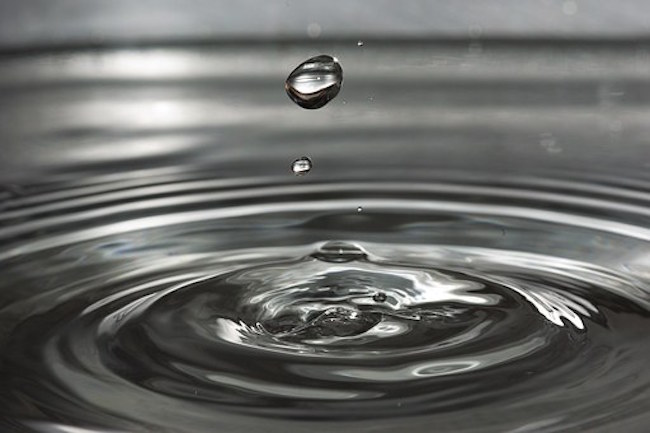More Fluoride Exposure Leads To Less Sleep By GreenMedInfo Research Group
Tired? Exposure to higher levels of fluoride in drinking water has been linked to less sleep, likely due to its adverse effects on the pineal gland — raising questions that it could also interfere with this gland’s role as the “seat of the soul.”
Your pineal gland, a pea-sized neuroendocrine organ located near your brain’s center, has been revered as the primary “seat of the soul” for centuries — and was even described as the place where all human thoughts are formed.[i]
But due to its location outside of the blood-brain barrier — a necessary phenomenon since it secretes hormones into blood circulation — it has little protection against exposure to toxins such as fluoride, making it prone to mineralization.
Hydroxyapatite, which is found in teeth and bones, is common in calcifications found in the pineal gland, which is also known to accumulate high levels of fluoride. Even low levels of fluoride consumption may lead to high levels of fluoride in the pineal gland, according to research published in Environmental Health, “due to fluoride’s high affinity for hydroxyapatite.”[ii]
In fact, in older adults, fluoride accumulation in the pineal gland has been measured at amounts similar to those found in teeth. Not only does this increase the risk of fluoride toxicity in the pineal gland, but the study revealed a distinct association between fluoride exposure and sleep — another clue that fluoride could be wreaking havoc on the very locus of the soul.
Fluoride Exposure May Interfere With Sleep
Dozens of studies have highlighted fluoride’s role as a neurotoxin, particularly its link to lower IQ in children,[iii] but only two studies to date have looked into its connection to sleep.
The first, published in Environmental Health in 2019,[iv] found that a median increase in water fluoride concentrations was associated with nearly twice the risk of symptoms suggestive of sleep apnea, along with later bedtimes (by 24 minutes) and later morning wake times (by 26 minutes) among adolescents.
“Fluoride exposure may contribute to changes in sleep cycle regulation and sleep behaviors among older adolescents in the US.,” the researchers concluded.[v] The second study, published in 2021,[vi] analyzed the role of fluoride exposure and sleep in adults, using population-based data from the Canadian Health Measures Survey.
A connection was again found. Specifically, a 0.5 milligram (mg) per liter higher water fluoride level was “associated with a 34% higher relative risk of reporting sleeping less than the recommended duration for age.”[vii] The finding is a signal that fluoride is affecting the pineal gland, which is best known for synthesizing the hormone melatonin.
Is Fluoride ‘Calcifying the Soul’?
The pineal gland plays a crucial role in your body’s circadian rhythm and sleep-wake cycle. Lying deep within the human brain, the pineal gland is stimulated by exposure to light from the retina. When you see daylight, a signal is sent through your optic nerve to the suprachiasmatic nucleus in your brain’s hypothalamus,[viii] triggering the release of cortisol and other hormones that help you wake up.
At night, as darkness ascends, the SCN signals your pineal gland to release melatonin,[ix] which helps you fall asleep. Higher fluoride exposure, however, could mean that concerning amounts of fluoride are accumulating in the pineal gland, altering sleep cycles. According to the Environmental Health study:[x]
“The deposition of fluoride in calcified tissues, such as the pineal gland, bones, and teeth, may represent a defense mechanism against potential fluoride toxicity (in other tissues), which may begin in the prenatal period.
Fluoride deposition in the pineal gland and its calcification would most likely exert effects on sleep via changes to pinealocytes and subsequently melatonin output. The pineal gland is composed primarily of pinealocytes, which synthesize melatonin.”
Continue Reading / Green Med Info Research Group >>>
This article is copyrighted by GreenMedInfo LLC, 2022
Visit our Re-post guidelines




